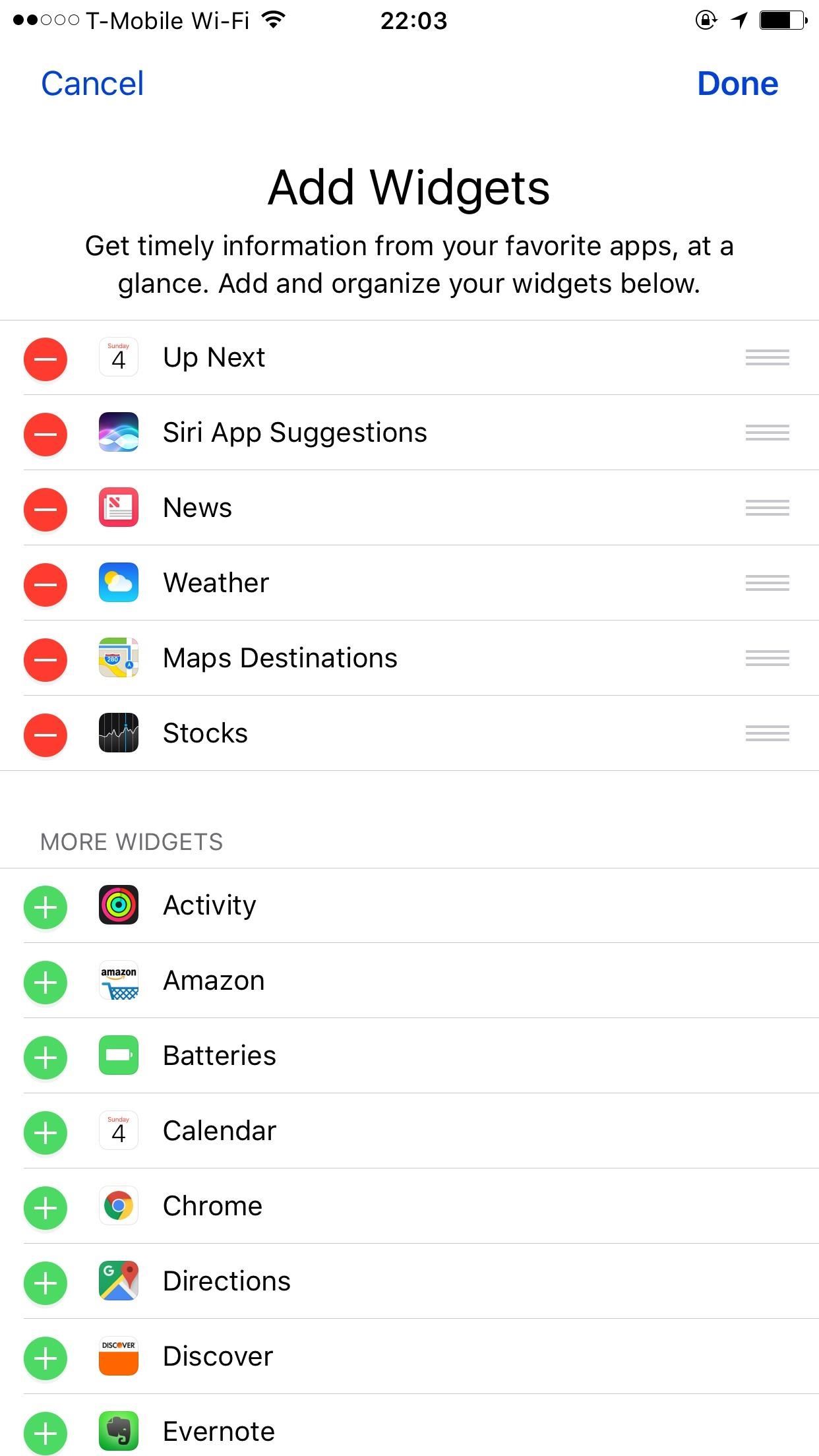
- #Light status bar ios update
- #Light status bar ios android
- #Light status bar ios password
- #Light status bar ios download
If you set the value to Brightness.light, the icons color will be set to light.
#Light status bar ios android
It only affects Android version M and greater. The brightness of the top status bar icons can be set by passing statusBarIconBrightness whose type is Brightness enum. tSystemUIOverlayStyle(SystemUiOverlayStyle( To make the status bar looks transparent, you can set the opacity of the color. The color of the status bar can be set by passing a Color as the statusBarColor argument. Beware that using the method along with certain widgets such as AppBar or CupertinoNavigationBar may produce unexpected results since those widget may override the style. For example, you can put it inside the initState or build method. If you want to have different styles for each page or route, you need to call the method inside the respective widget. If you want to apply the same style to all routes in your application, you can call it inside the main method. Therefore, if the user navigates to another route, the applied style will not disappear until the tSystemUIOverlayStyle is called again to override the style. If you call the static method, the change will persist across all routes in your application. While the previous way (using AppBar only works if you have an AppBar on the top, the tSystemUIOverlayStyle should only be used if you don't have an AppBar or CupertinoNavigationBar. You can use tSystemUIOverlayStyle, which is used to set the SystemUiOverlayStyle. In macOS it is displayed on new tabs, on iOS you tap the text icon on the left side of the address bar and select Privacy Report.There is another way to set the style of the status bar.

It’s partly bragging, partly to make you realize how much of the web is tracking your every move.īuilding on the theme of showing users just how widespread user tracking has become, Safari in iOS, iPadOS, and macOS Big Sur features a new privacy report. Safari shows you how well its protecting you from trackers.
#Light status bar ios password
In addition to new security features like password monitoring, Apple is building on the features built into Safari to prevent cross-site tracking and cookies. Securing your privacy on your iPhone or iPad is one thing, but your data is being scooped up all over the web, too.
#Light status bar ios download
Apple’s not stopping this behavior, yet, but it’s making it more obvious to you before you even download an app.


When an app is collecting more information than it needs to operate, it’s either using that data for something not related to the product (like targeting ads), or selling it off. You’ll still see the option in the Settings app, though. Apple is still including the feature in iOS 14, but is now only going to require apps to show the pop-up to obtain tracking permission starting early in 2021.
#Light status bar ios update
Update 09/03/20: The advertising industry, which relies on tracking everywhere you go across the web and from app to app in order to build detailed profiles of you for ad targeting, is really upset about Apple making this cross-site and cross-app tracking opt-in instead of opt-out. Note that this won’t reduce ads, it will just prevent Apple from using any of your data to show you ads that are tailored to you. You can prevent apps from tracking you across apps and websites for advertising purposes.Ī separate option in Settings > Privacy > Apple Advertising allows you to disable personalized apps in Apple services like the App Store, Apple News, or Stocks. You can open Settings > Privacy > Tracking and turn off “Allow Apps to Request to Track” if you don’t even want to be asked anymore. Approximate location is updated much less frequently, too. If an app only needs approximate location info (the city you’re in rather than your address), you can disable precise location and somewhat preserve your privacy. But many apps use location to do things like show local news stories or weather. Precise location is what we’re use to now, and is great for apps that need to know your location down to the approximate address-a delivery or ride-hailing app, for example. You can open Settings > Privacy > Location Services and toggle Precise Location on or off for each app individually. When an app asks for location permission, it will be marked as Precise: On or Precise: Off. If you don’t want an app to know exactly where you are, there’s a switch for that. In iOS 13, you can only grant permission for an app to use your location while you’re using it, or just once the app can then further ask to use your location in the background, and you’ll get periodic reminders that it is.

When an app wants to use your location, it has to ask for your permission.


 0 kommentar(er)
0 kommentar(er)
